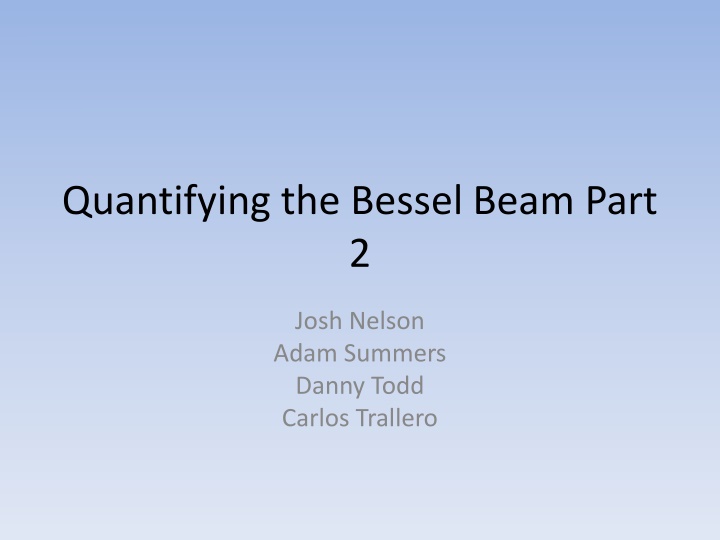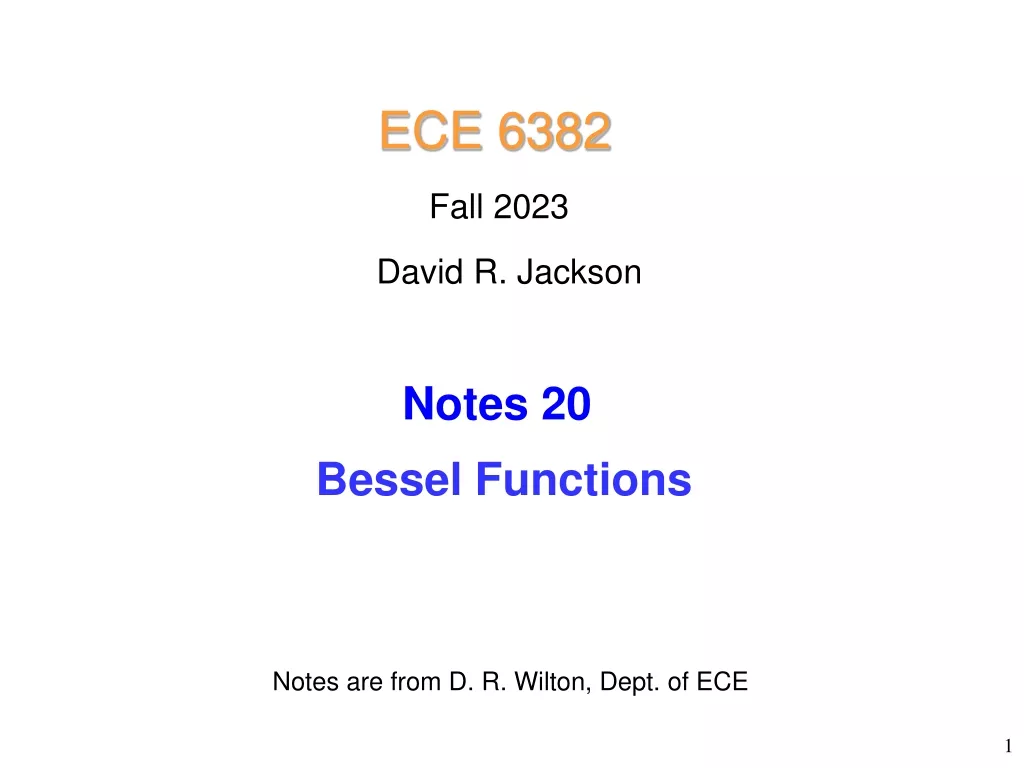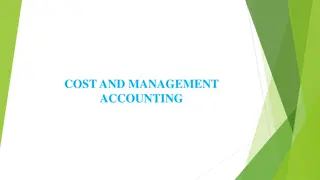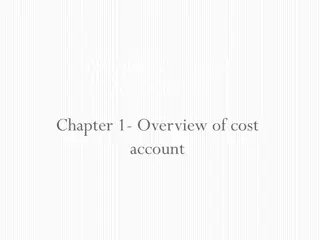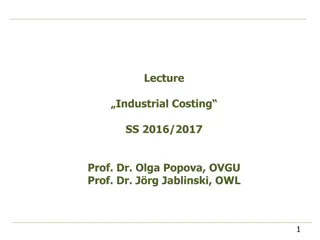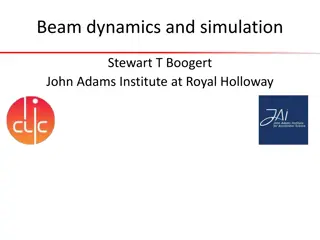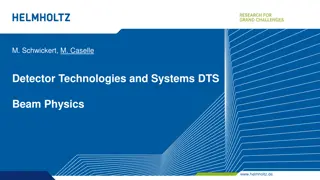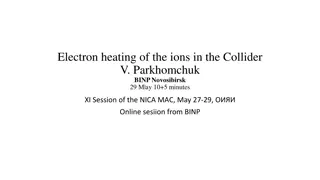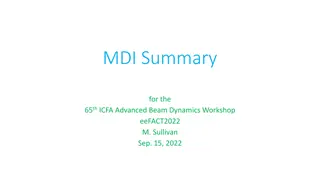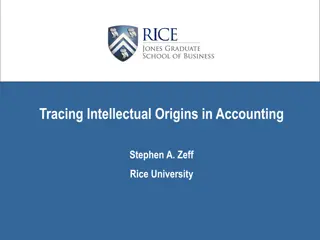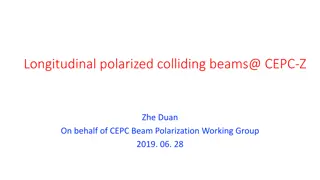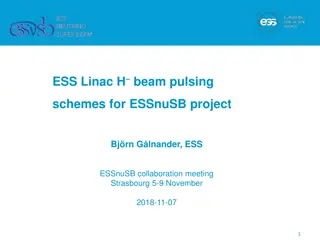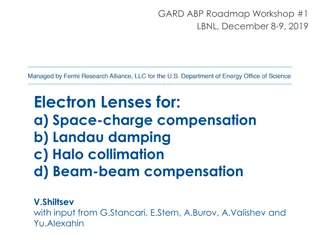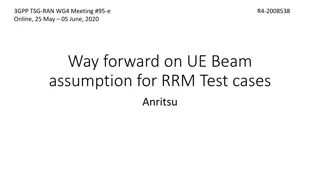Analyzing Bessel Beam - Part 2: Accounting for Background
In this series, the process of quantifying and analyzing Bessel beams is explored. The focus shifts to accounting for background interference and utilizing the Nelder-Mead method to fit coefficients for a better understanding. Challenges and future directions are also discussed.
Download Presentation

Please find below an Image/Link to download the presentation.
The content on the website is provided AS IS for your information and personal use only. It may not be sold, licensed, or shared on other websites without obtaining consent from the author.If you encounter any issues during the download, it is possible that the publisher has removed the file from their server.
You are allowed to download the files provided on this website for personal or commercial use, subject to the condition that they are used lawfully. All files are the property of their respective owners.
The content on the website is provided AS IS for your information and personal use only. It may not be sold, licensed, or shared on other websites without obtaining consent from the author.
E N D
Presentation Transcript
Quantifying the Bessel Beam Part 2 Josh Nelson Adam Summers Danny Todd Carlos Trallero
New Problems We forgot to account for background Code from last week will not find the global minimum Background
Accounting for Background To take away contribution from the background we had to make all minimums zero Step 1. Use ginput to fit minimums to exponentially decaying function (Pause to show)
Accounting for Background Step 2. Subtract all y values from y values in decay function and renormalize
Nelder Mead Method Using 51 coefficients, 1 argument, and 1 offset C0*J0(A*X) + C1*J1(A*X) + + C50*J50(A*X) + F Basic idea: Fit using geometric shapes I apologize, the next three slides may be incorrect due to our lack of knowledge of the theory behind this method
Nelder Mead Method Each coefficient/constant = 1 dimension/vertex 1 error vertex as well So, dimension of geometry = n + 1 We have 54 dimensions so our geometry has 54 vertices With 3 dimensions:
Nelder Mead Method Matlab runs the program at starting vertices. Then the worst coefficient is changed to a completely new vertex/coefficient and the program/equation re-evaluates. This repeat occurs (defaultly) 200*n times Our case: 200*53 times
Nelder Mead Method The 200*nth evaluation shows the coefficients for the best fit:
Problems We should be able to get the right fit with less than fiftyone bessel functions Coefficients are not being well controlled (between 0 and 1) No trend
Future Work on getting right fit with less bessel functions Attempt the program with more pictures Produce results, write papers, and become famous!!!!!!!!
